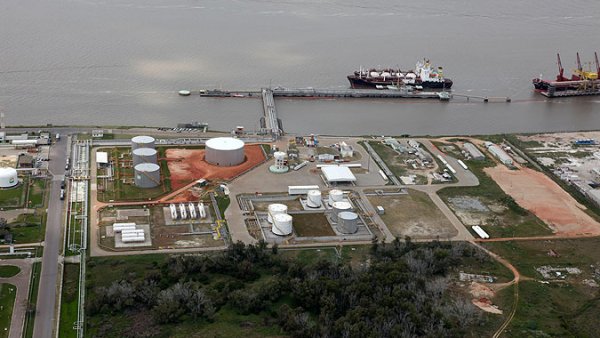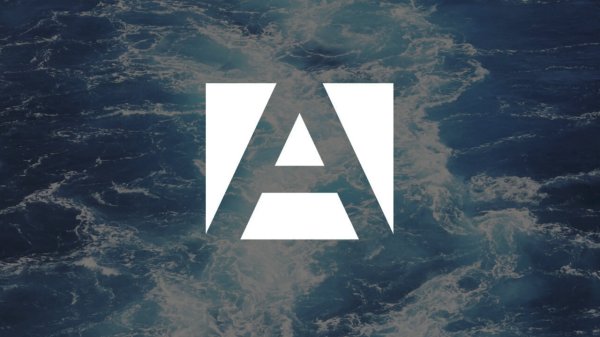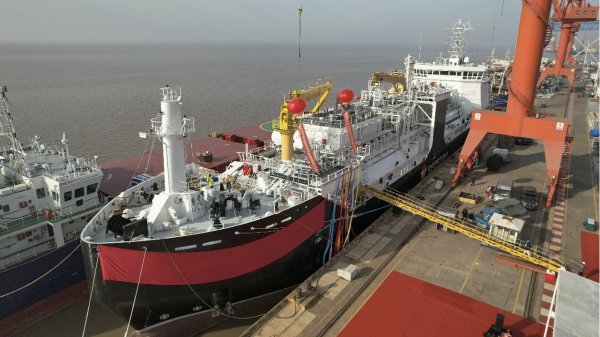Viking Line reports drop in bunker costs, income
Ferry operator expects bunker expenses to increase in 2017.
Finland's Viking Line has confirmed that bunker expenses decreased by EUR 9.2 million, or 18.9 percent, to EUR 39.5 million in 2016, down from EUR 48.7 million the previous year.
The ferry operator explained that the fall was the result of lower average bunker prices combined with "the Group's continued efforts to optimize the bunker consumption of its vessels".
Despite the drop in bunker costs, Viking Line's consolidated income before tax in 2016 declined by 13.6 million, or 58.6 percent, to EUR 9.6 million. Income after tax fell 10.7 million, or 57.2 percent, to EUR 8.0 million.
Consolidated sales were EUR 519.6 million, compared to EUR 530.5 million in 2015. Operating income was EUR 13.7 million, down from EUR 26.4 million in 2015.
Viking Line explained that the decline in income was mainly due to lost revenue in connection with planned and completed vessel dry-dockings for modernization and maintenance of vessels as well as lower demand during the latter part of the reporting period.
In order to partly offset the risk of higher bunker prices, Viking Line said that it has entered into fixed-price agreements related to a portion of its bunker consumption during 2016 and 2017.
The ferry company noted that it expects bunker prices to be higher this year compared to 2016, which it said should have an adverse effect on consolidated income. However, there will be fewer planned dry-docking and servicing days, which looks set to have a positive effect on earnings.
"The Board of Directors' assessment is that operating income will be higher overall in 2017 than in 2016," Viking Line said.
Last month, Bunker Index reported that Viking Line intends to install Norsepower Oy's Rotor Sail Solution technology on board the M/S Viking Grace - an LNG-fuelled cruise ferry. With the addition of the technology, the vessel is expected to reduce its emissions, fuel burn and bunker costs - slashing carbon emissions by around 900 tonnes annually, which is equivalent to cutting 300 tonnes of LNG fuel per year.
The ferry operator explained that the fall was the result of lower average bunker prices combined with "the Group's continued efforts to optimize the bunker consumption of its vessels".
Despite the drop in bunker costs, Viking Line's consolidated income before tax in 2016 declined by 13.6 million, or 58.6 percent, to EUR 9.6 million. Income after tax fell 10.7 million, or 57.2 percent, to EUR 8.0 million.
Consolidated sales were EUR 519.6 million, compared to EUR 530.5 million in 2015. Operating income was EUR 13.7 million, down from EUR 26.4 million in 2015.
Viking Line explained that the decline in income was mainly due to lost revenue in connection with planned and completed vessel dry-dockings for modernization and maintenance of vessels as well as lower demand during the latter part of the reporting period.
In order to partly offset the risk of higher bunker prices, Viking Line said that it has entered into fixed-price agreements related to a portion of its bunker consumption during 2016 and 2017.
The ferry company noted that it expects bunker prices to be higher this year compared to 2016, which it said should have an adverse effect on consolidated income. However, there will be fewer planned dry-docking and servicing days, which looks set to have a positive effect on earnings.
"The Board of Directors' assessment is that operating income will be higher overall in 2017 than in 2016," Viking Line said.
Last month, Bunker Index reported that Viking Line intends to install Norsepower Oy's Rotor Sail Solution technology on board the M/S Viking Grace - an LNG-fuelled cruise ferry. With the addition of the technology, the vessel is expected to reduce its emissions, fuel burn and bunker costs - slashing carbon emissions by around 900 tonnes annually, which is equivalent to cutting 300 tonnes of LNG fuel per year.

|
IMO approves pricing mechanism based on GHG intensity thresholds
Charges to be levied on ships that do not meet yearly GHG fuel intensity reduction targets. |
|
|
|
||

|
VARO Energy expands renewable portfolio with Preem acquisition
All-cash transaction expected to complete in the latter half of 2025. |
|
|
|
||

|
NYK trials biofuel in milestone coal carrier test
Vessel is used to test biofuel for domestic utility company. |
|
|
|
||

|
H-Line Shipping orders LNG bunkering vessel
Vessel with 18,000-cbm capacity to run on both LNG and MDO. |
|
|
|
||

|
How to engineer and manage green shipping fuels | Stanley George, VPS
Effective management strategies and insights for evolving fuel use. |
|
|
|
||

|
Swedish government bans scrubber wastewater discharges
Discharges from open-loop scrubbers to be prohibited in Swedish waters from July 2025. |
|
|
|
||

|
MAN Energy Solutions achieves 100% load milestone for ammonia engine
Latest tests validate fuel injection system throughout the entire load curve. |
|
|
|
||

|
Petrobras secures ISCC EU RED certification for B24 biofuel blend at Rio Grande
Blend consisting of 24% FAME is said to have been rigorously tested to meet international standards. |
|
|
|
||

|
Stolt-Nielsen to fully control Avenir LNG with acquisition
Share purchase agreement to buy all shares from Golar LNG and Aequitas. |
|
|
|
||

|
Bureau Veritas supports launch of CIMC SOE's LNG bunkering vessel
Handover of Seaspan Energy's cutting-edge 7,600-cbm vessel completed. |
|
|
|
||
Related Links
- · Viking Line ferry set to save fuel with rotor sail retrofit [Insights]
- · Viking Line signs LOI to build LNG-fuelled passenger vessel [Insights]
- · Milestone reached: Viking Grace has refuelled with LNG 1,000 times [Insights]
- · Finland [Directory]

